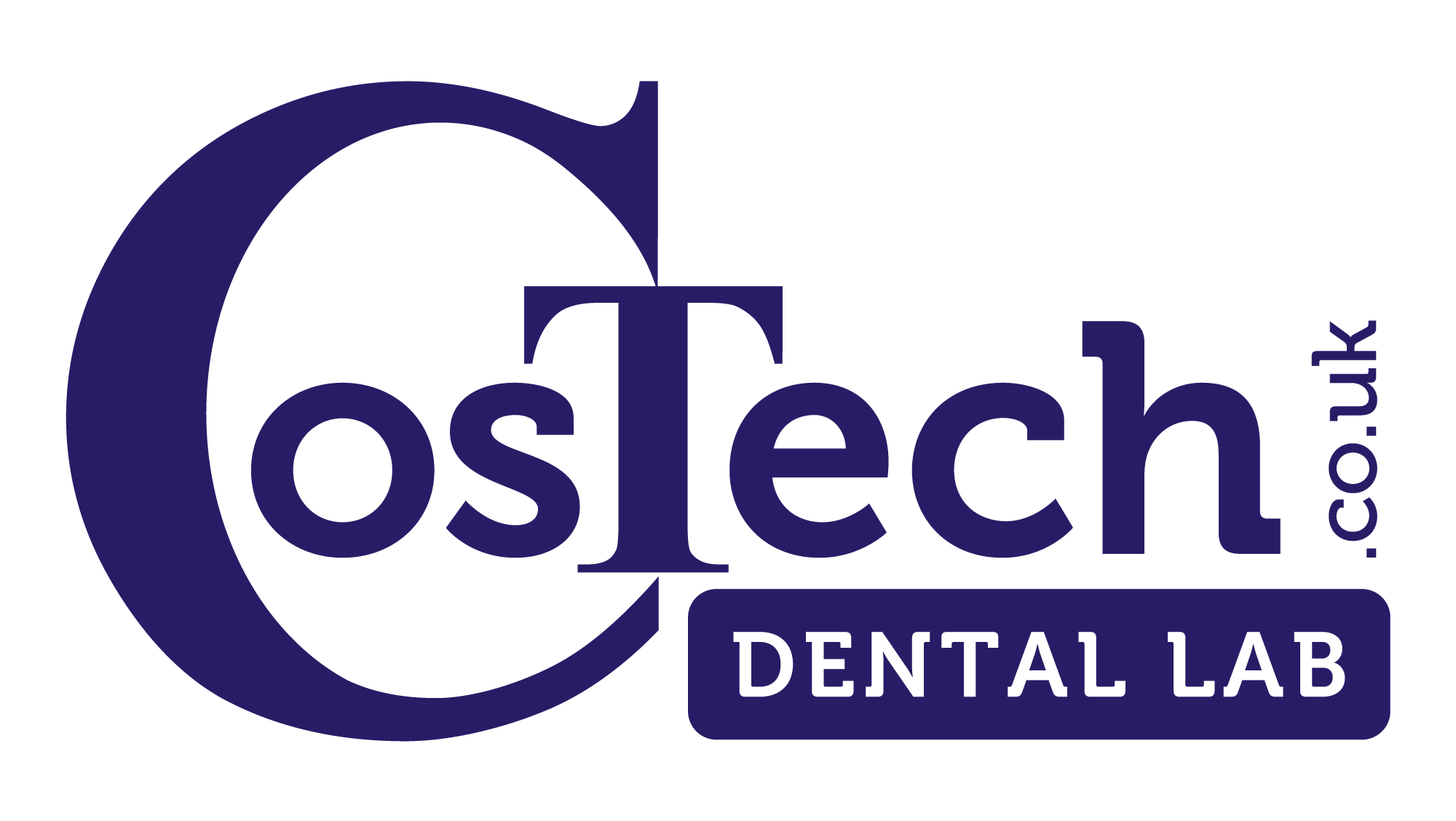Throughout the years there have been many different materials used for dental crowns. All of these materials have their strengths and weaknesses, but zirconia, in particular has proven to be one of the most effective and popular dental materials for a number of reasons…
The aesthetic advantage
The importance that people place on dental aesthetics is changing. After all, as society continues to emphasise the value of good looks via celebrities, social media and other highly influential means, it’s no surprise that people are now taking a more vested interest in their smile aesthetics.
Of course, a lot of traditional crown materials are hardly what anyone would consider natural-looking. Full metal crowns are noticeably different in colour, resin crowns are unlikely to have the translucency of natural teeth and porcelain fused to metal (PFM) crowns are unable to look real under challenging conditions such as neon light.
Zirconia is unique in that it is both white and has a good level of translucency. Therefore, it can easily mimic the natural aesthetic properties of dentition, especially once it has been shaded and made to have the same character as the surrounding teeth in terms of fissuring or any natural staining.
There’s also the importance of long-lasting aesthetics. Permanent restorations such as crowns can last between 5 – 15 years,[i] and therefore it’s essential that materials are able to remain looking aesthetic for this time. PFM crowns may provide passable aesthetics at first, but in the event of any gum recession they can reveal dark circles around the gingival margin that are caused by the metallic foundation of the crown becoming more visible.[ii]
Zirconia crowns, as they are all ceramic, don’t suffer from this problem, and can therefore offer long-lasting aesthetics even in the event of gingival recession.
A battle of strength
Looks aren’t everything, and that’s why dental materials need to offer good function and strength as well. Our teeth have to be able to cope with a variety of textures and foodstuffs of varying hardness. As such, dental materials need to provide flexural strength, fracture resistance and shear strength in order to perform correctly when chewing.
Here is where certain materials fall a little short. Despite being aesthetic, the majority of resin crowns are not able to provide the necessary strength to be a long-lasting option. They have a high fracture rate, meaning they are likely to need replacing regularly.[iii]
PFM crowns also have their shortcomings in regards to strength. Although they are supported by a precious metal underlayer which is unlikely to be damaged, the outer porcelain layers can be prone to chipping too, again resulting in the need for replacement.
Full-metal crowns have long been a popular solution for areas of the mouth that undergo more strain, such as posterior molars. As they are metallic, it is almost impossible to fracture these solutions, and they provide exceptional strength when exposed to chewing forces.
Zirconia echoes the strength and reliability of full-metal crowns. Often stated as the strongest type of crown, zirconia is resistant to fractures and chipping. it also has a very high flexural strength, which suggests that if properly maintained, it could stay in the mouth for a lifetime.[iv]
Biocompatible and plaque resistant
As dental restorative materials need to offer a lasting solution, it’s important for practitioners to consider any aspects of the material that may impact the future condition of the oral cavity. For example, there are some people who may suffer from allergic responses to metals or porcelain, and this can instantly dictate whether these are suitable for use in that case.
Although incredibly rare, these allergies can occur due to the mixture of metals used. Indeed, if someone has a sensitivity to a certain metal that is present in the melange used to create a full-metal crown, it is possible that this could cause adverse reactions including itchy, red rashes and eventually pain and discomfort.[v]
Zirconia does not cause allergic reactions, and has been found to afford other benefits when used as a dental material from a biological perspective. Its high biocompatibility means that it does not cause any inflammatory, toxic or mutagenic responses.[vi]
Furthermore, zirconia has been found to exhibit a natural low plaque affinity.[vii] This means that zirconia crowns are an especially good choice for patients who have experienced high levels of decay in the past, as they are likely to be less attractive to plaque bacteria, and therefore may last longer than alternative materials.
A good option for all
Due to the relative novelty of dental zirconia, crowns made from this material have been reserved for patients willing to pay a premium price. However, the rocketing popularity of the material due to its many benefits has meant that the development of zirconia crowns for NHS patients has become possible.
Monolith Full-Contour Zirconia from CosTech Dental Laboratory has been specifically designed for NHS patients and is available at just £42.50 per unit, including free delivery to and from the lab. This material can work on any crown prep design, is available in all VITA shades A-D and offers all of the benefits that ensure zirconia crowns are king.
For more information about CosTech Dental Laboratory, please call 01474 320076
[i] WebMD. How Long Do Dental Crowns Last? Link: https://www.webmd.com/oral-health/qa/how-long-do-dental-crowns-last [Last accessed August 19].
[ii] LI, Q., Kan, H., Zheng, Z. Effects of Ni-Cr Based Porcelain-Fused-to-Metal Crown on Periodontal Tissue. Journal of Clinical Rehabilitative Tissue Engineering Research 2009; 13(25):4989-4992.
[iii] WebMD. An Overview of Dental Crowns. Link: https://www.webmd.com/oral-health/guide/dental-crowns#1 [Last accessed August 19].
[iv] Practo. 7 Advantages of Zirconia Crowns. Link: https://www.practo.com/healthfeed/7-advantages-of-zirconia-crowns-35880/post [Last accessed August 19].
[v] WebMD. How Can You Get An Allergic Reaction From a Dental Crown? Link: https://www.webmd.com/oral-health/qa/how-can-you-get-an-allergic-reaction-from-a-dental-crown [Last accessed August 19].
[vi] Moreira, A., Magalhaes, A., Carvalho, B., Santos, J., Portela, A., Vasconcelos, M. Titanium Allergy: Is Zirconia A Viable Alternative? J Dent Probl Solut 4(2): 031-035.
[vii] Cionca, N., Hashim, D., Mombelli, A. Zirconia Dental Implants: Where Are We Now, and Where Are We Heading? Periodontol 2000. 2017 Feb; 73(1):241–258.

